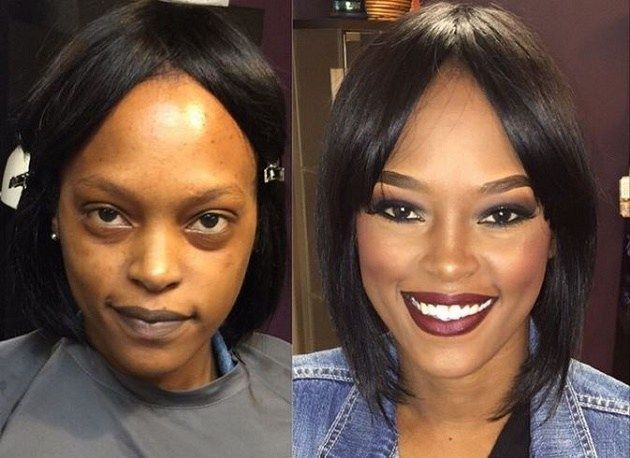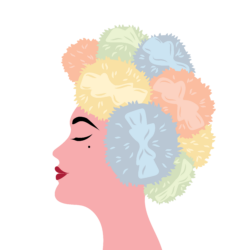Before-and-after photos sell a story. But it’s rarely an honest one.
Scroll through any beauty ad or transformation reel and you’ll see it: the slouched shoulders, the messy bun, the washed-out lighting, the deliberately blank or even unhappy expression. The “before” is untouched and undermined. Because the environment is designed to make them appear lesser.
The “after” arrives bathed in golden light, hair styled, lips glossed, posture corrected, smile wide. Transformation? Maybe. But more often than not, it’s manipulation masquerading as empowerment.

Beauty Marketing’s Oldest Trick
Companies know that perception is powerful. The more dramatic the transformation, the more effective the product appears. So they don’t just add mascara or foundation in the “after”, they subtract humanity from the “before.” No smile. No warmth. No dignity.
And this matters. Because when you’re shown a stripped-down, defeated version of someone as the “problem,” your brain learns to fear being seen that way. It creates an association: bare = bad, unstyled = unworthy.
It’s a fear that drives consumption. You don’t just buy the product. You buy the avoidance of becoming the “before.”
The Subtle Art of Seeing Clearly
This isn’t about demonizing makeup or denying the fun of transformation. But we have to acknowledge: when the “before” is rigged, the “after” isn’t honest either. And if you’ve ever looked in the mirror and wondered why your bare face doesn’t feel like enough, it’s because you’ve been conditioned to believe it’s the start of a story that requires improvement.

Unlearning the Visual Lie
Real transformation is about unlearning the belief that you were lacking to begin with.
That’s why, in my work, I don’t promote my makeup services via before-and-after photos. The truth of who you are doesn’t fit into a marketing split-screen.
